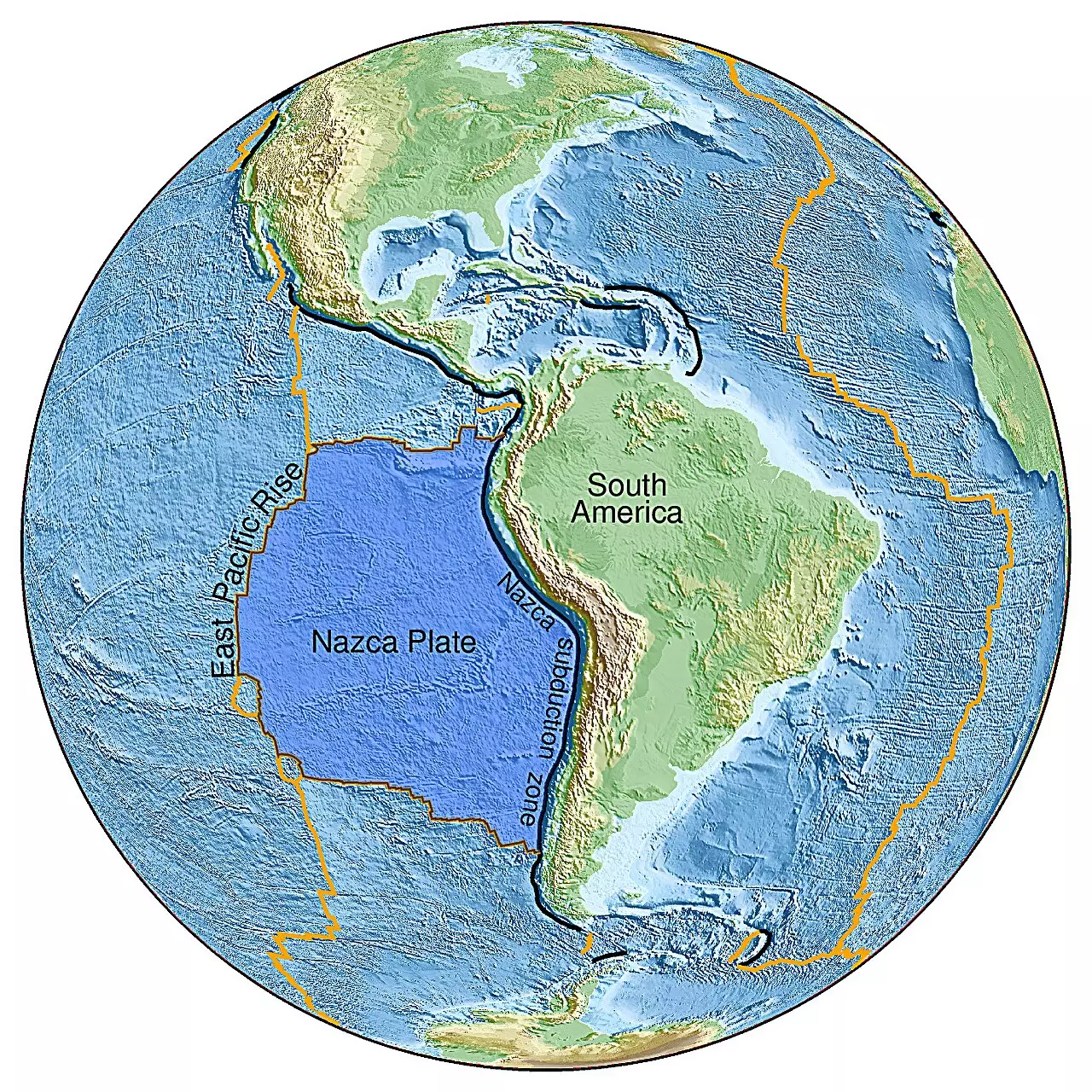In a groundbreaking study, a team of scientists from the University of Maryland has brought to light a hidden geological narrative that reshapes our understanding of Earth’s inner structure. Their research, published on September 27, 2024, in “Science Advances,” unveils an ancient fragment of seafloor that journeyed deep into the Earth during the age of dinosaurs. This discovery, located in the East Pacific Rise—a significant tectonic plate boundary—provides unprecedented insights into both the dynamics of how the planet behaves internally and the evolution of its surface over millennia.
The geological team, led by postdoctoral researcher Jingchuan Wang, employed advanced seismic imaging techniques to explore the Earth’s mantle, the dense layer situated between the outer crust and the molten core. Their findings revealed an unusually thick section within the mantle transition zone, which lies approximately 410 to 660 kilometers beneath the Earth’s surface. This zone is critical as it separates the upper and lower mantles and varies in thickness based on thermal conditions. Notably, the research suggests that this thickened area may delineate the complex geometries of the Pacific Large Low Shear Velocity Province (LLSVP)—a vast region characterized by unusually low seismic velocities within the lower mantle.
Wang articulated the significance of the discovery, referring to the ancient seafloor as a “fossilized fingerprint.” This term emphasizes the research’s potential to offer unparalleled glimpses into Earth’s geological past, enabling scientists to reconstruct ancient processes that shaped our planet.
The process of subduction, wherein one tectonic plate descends below another, plays a pivotal role in recycling the Earth’s surface material back into the mantle. This activity is typically associated with observable geological phenomena, such as volcanoes, earthquakes, and ocean trenches. Traditionally, geologists have relied on surface rock samples and sediments to study subduction. However, Wang’s team took a novel approach, utilizing seismic waves to penetrate the ocean floor deeply.
By analyzing the travel patterns of seismic waves through various strata of Earth, the research provided a finer resolution of internal structures previously hidden from view. “Seismic imaging functions akin to a CT scan of the Earth,” Wang explained. This analogy underscores the value of their technique, which offers insights into how tectonic processes impact the deep Earth and manifest on the surface.
What emerged from their investigations was unexpected: materials within this segment of the Earth’s interior were moving at significantly slower rates than previously predicted. This revelation hints at the complexity of geological processes, suggesting a possible bottleneck effect where some oceanic slabs may become immobilized as they descend through the mantle.
The thicker region discovered calls attention to the hypothesis that this mantle transition zone could function as a kind of barrier, impeding the descent of subducted materials. “We found that the material was sinking through the mantle at roughly half the anticipated speed,” Wang noted, illuminating the intricate relationship between Earth’s deep structures and surface geology across extensive time frames and distances.
This newfound understanding could have far-reaching implications, not only for geology but also for other disciplines such as seismic risk assessment and the prediction of volcanic activity. The study prompts new inquiries into how phenomena occurring deep within the Earth could influence surface conditions, illuminating an intricate web of interactions that warrants further exploration.
Looking to the future, Wang and his colleagues are eager to extend their research beyond the East Pacific Rise. They intend to survey other Pacific Ocean regions and examine the impacts of subduction and upwelling zones on geological structures in both the deep mantle and Earth’s surface. With the seismic data collected through this research, the team aims to refine existing models regarding tectonic plate movements throughout Earth’s geological history.
“This is just the beginning,” Wang asserted, voicing optimism about the potential for discovering additional ancient geological structures lurking within the depths of our planet. With continued advancements in seismic technology and methodology, the quest to uncover the Earth’s deep secrets continues, propelling scientists into uncharted territories of geological inquiry. As we learn more about these hidden realms, we gain not only a deeper appreciation for our planet’s past but also the ability to better predict its dynamic futures.


Leave a Reply